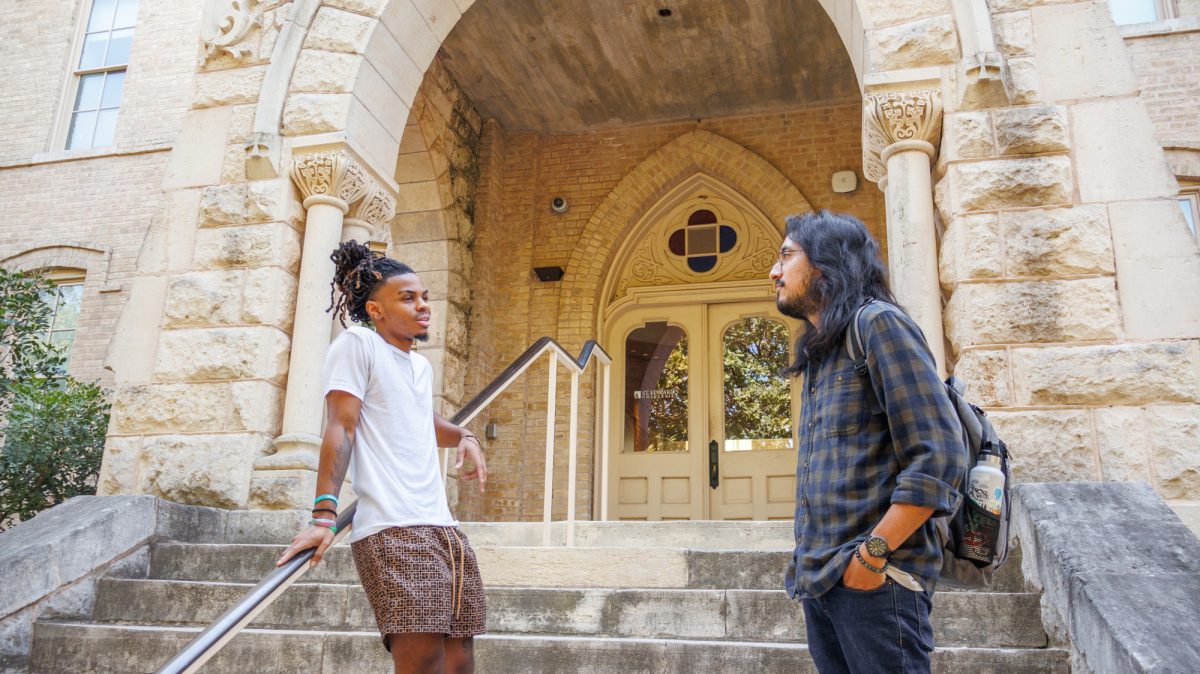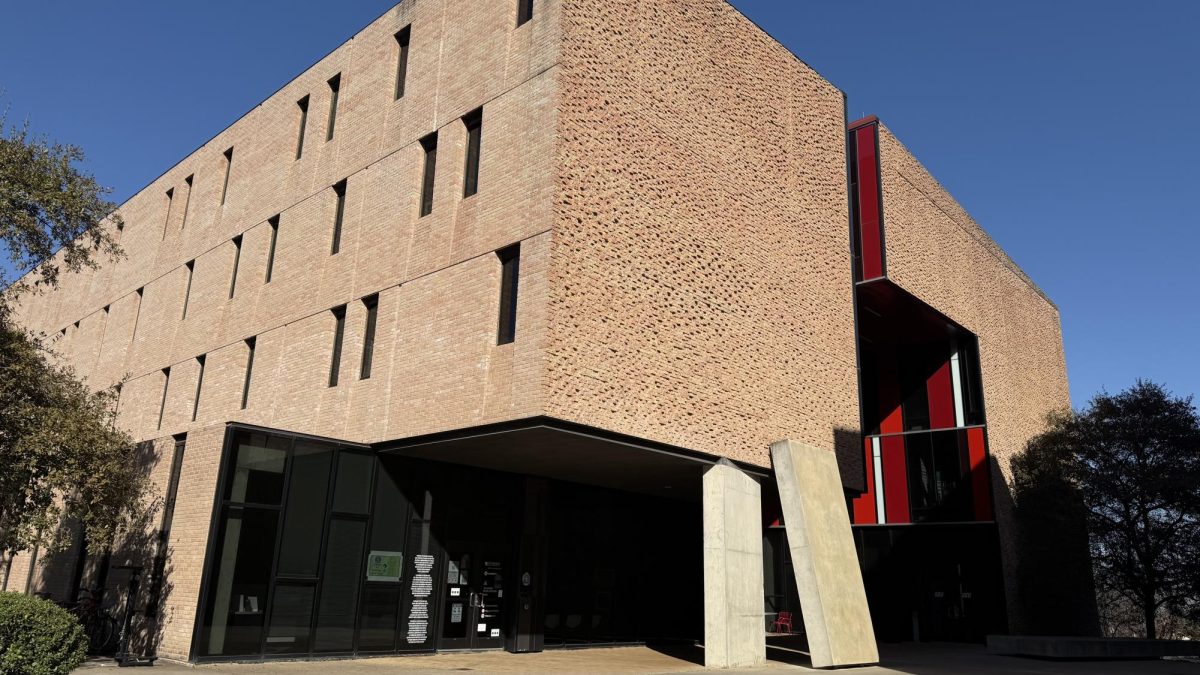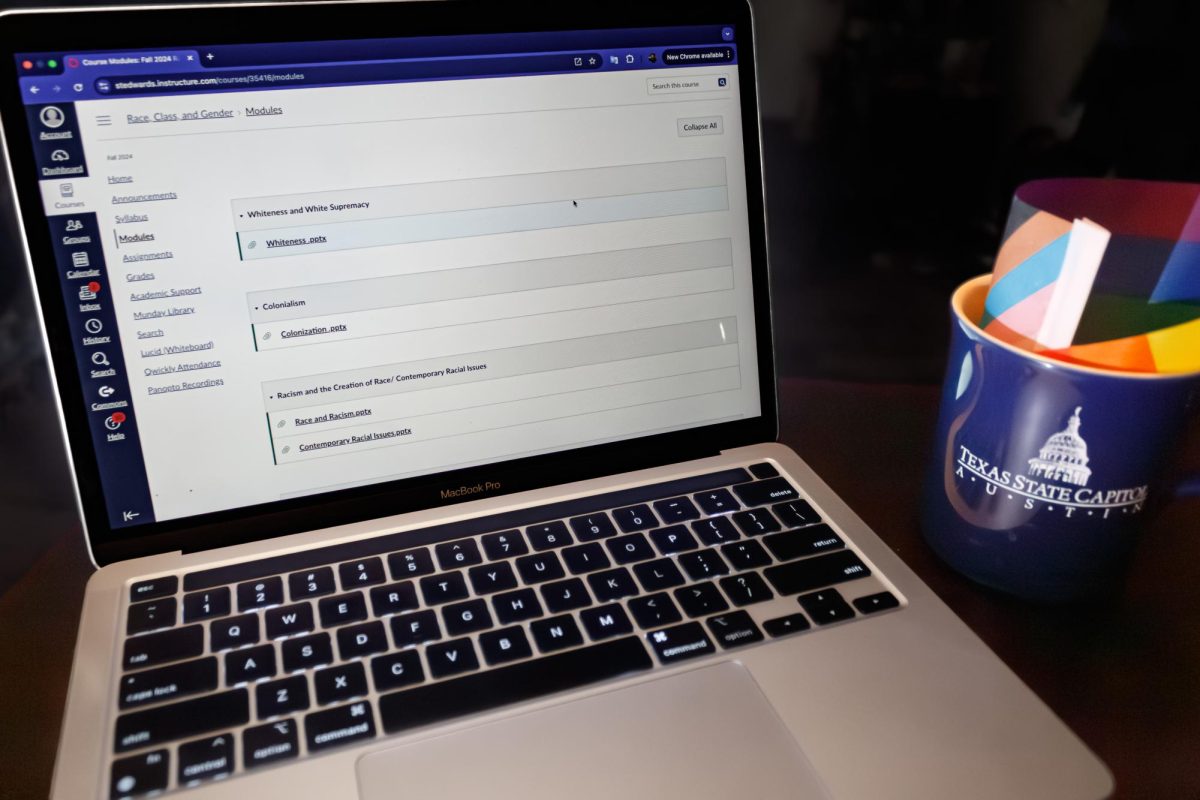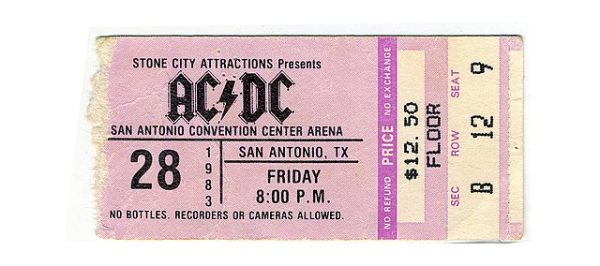The United States is entering an unprecedented time. Constitutional law feels increasingly contradictory, universities are facing funding cuts and conversations about race dominate the national stage. In this shifting landscape, Hispanic-Serving Institutions (HSIs) like St. Edward’s University, face an uncertain future that could change the way students access higher education.
As the child of two Venezuelan immigrants who came to the U.S. twenty years ago, this issue feels deeply personal. For my parents, the American Dream meant stability, dignity in their work, and the chance to give their children a future that Venezuela could no longer promise. For me, growing up with those sacrifices as my foundation, the American Dream has meant opportunity – the ability to pursue education without limits, to belong in spaces they could only imagine, and to use those opportunities to create a ripple effect for others. That is why I am so passionate about ensuring opportunity for all; I know firsthand how transformative it can be when doors are opened, because it is precisely what I had the privilege of experiencing.
But many students – especially low-income students from Hispanic communities – do not share that same privilege. Since the overturning of Affirmative Action, barriers have only grown stronger. It is called “unconstitutional” to consider ethnicity in admissions, yet the system still disproportionately disadvantages certain communities. Where I had doors opened, others face financial roadblocks: rising tuition, aid that rarely covers the full cost, and the pressure to work instead of study. The contradictions leave students caught in the middle, waiting for clearer guidance from the courts.
What is an HSI?
Hispanic-Serving Institutions are colleges and universities where at least 25% of the student body identifies as Hispanic. That designation isn’t just a label, it opens the door to federal grants that fund scholarships, mentorship programs, academic advising in Spanish and research opportunities. For many students at St. Edward’s, these resources are not just helpful; they are what make it possible to earn a degree.
But as of Sept. 10, the U.S. Department of Education announced that it would end discretionary funding for several Minority-Serving Institution grant programs, arguing that benefits tied to race or ethnicity amount to unconstitutional discrimination.
What Does This Mean for St. Edward’s?
St. Edward’s is proud to be recognized as an HSI. That recognition has allowed the university to expand access and support for its Hispanic student body, which makes up a large portion of the campus community. Without HSI funding, programs that help first-generation students navigate college, provide financial relief for low-income families and ensure cultural representation in the classroom could be at risk.
This is about more than numbers on a federal budget, it’s about whether students can complete their education without shouldering insurmountable debt or dropping out altogether.
My Take on the Decision
The lawsuit behind this ruling frames HSI funding as a racial preference. But in reality, these programs level the playing field. They ensure that students from historically underrepresented backgrounds can access the same opportunities as their peers. Stripping away this support undermines not only Hispanic students, but the mission of higher education itself: to provide equal opportunity for all.
And it’s not just HSIs at risk. Across the board, higher education is under pressure. From the rollback of President Joe Biden’s student loan forgiveness plan to the Trump administration’s cap on federal borrowing, students are being boxed in by policies that make college less accessible and more expensive.
Institutions that already operate on limited budgets — whether private liberal arts colleges like St. Edward’s or large public universities — are being asked to do more with less, while students take on more debt than ever.
The fight over HSI funding is not an isolated battle, it’s part of a larger pattern of dismantling the very systems designed to expand opportunity. If these cuts continue, the American Dream will become harder to reach, not just for Hispanic students, but for all students striving for a better future.
What Can Students Do?
We cannot afford to be passive. As students, our voices matter. We can demand transparency about how St. Edward’s plans to protect HSI-driven initiatives and continue to advocate for policies that prioritize equity. The strength of this institution lies in the way it supports Hispanic communities, and it is crucial that we preserve that commitment.
A Silver Lining
Change is coming and people are speaking out. On campus, dialogue is already happening about how to defend what makes St. Edward’s inclusive. Beyond Austin, I’ve had the chance to discuss U.S. politics with a diverse, international community. As I prepare to pursue my master’s degree abroad, I see how closely the world watches the U.S. That perspective reminds me of what is at stake: the American Dream is only real if it is accessible to everyone.
HSIs like St. Edward’s keep that dream alive. It’s up to us to make sure they continue to do so.












